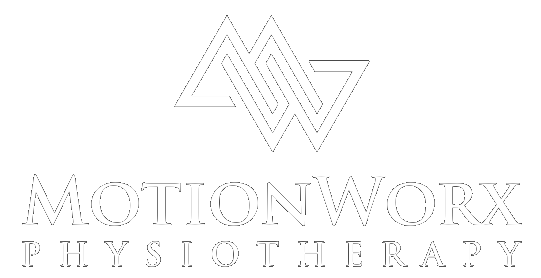Some of you may have heard of this treatment buzz word from friends, colleagues or family members when speaking about an injury – IMS! “You should try IMS for that pain”. IMS stands for Intramuscular Stimulation. It is a form of assessment and treatment used most often for chronic pain being caused by tight muscles that won’t release. So, if you’ve been singing “Let it go, let it go!” to your muscles, IMS might be something that could help you.

Intramuscular Stimulation was developed by Dr. Chan Gunn in the 1970’s, a chronic pain physician in Vancouver, BC. It uses an acupuncture needle to release shortened or tight bands in the muscle. When a muscle has been tight for a long time, the fibers can shorten. This then causes pulling on the tendon and bone and can restrict movement and cause inflammatory pain in tendons. Not cool.
Now some of you might be saying, “Woah, woah, woah! A needle?!”? Fear not, the acupuncture needle is very thin and fine so you should not feel the needle itself. It differs from the needle used to deliver a vaccine or take blood – those needles are thicker and contain a hollow tube to inject liquid or draw blood. An acupuncture needle is more like an extremely thin sewing needle. The needle is swiftly inserted into the tight muscle causing a cramping sensation. This reaction can be uncomfortable, best described as a very brief Charlie horse in the muscle, but most people report this is a tolerable sensation and sometimes a good type of pain. The needle does not stay in like acupuncture but is taken out as soon as the muscle contraction and reflex relaxation has occurred. So, the whole treatment process is usually quick, and you don’t lie on the treatment bed looking like a porcupine.

Now here’s the fascinating part of IMS – once we get those muscles jumping from the weird little cramps, the body takes over with healing. You can think of the needle causing a micro trauma in the muscle to wake up the body’s natural defense system. The body rushes its natural healing chemicals not only to the site of your injury, but throughout the whole body. Research has shown those healing chemicals stick around for a whole 5-7 days, so your body continues to heal itself for an entire week after one treatment! Lactic acid gets released as part of the healing which is the same chemical that gets released after you have a good work out in the gym, hence the feeling of a “good pain”. That muscle soreness generally only lingers for a few hours or a day. But it is good to remember that everyone’s body is different in terms of how sensitive it might be or how it perceives pain.

Most people feel some relief from their very first treatment, but should see improvements in pain, movement or function within the first 2-3 sessions. The benefits from treatment are cumulative, so each session provides increased results. Treatment usually starts with once a week and then as your good days last longer we taper the frequency until your body can keep itself happy with a home exercise routine.
Stay tuned for the next blog which will dive a bit deeper into the ins and outs of IMS for those of you who need a better nerd fix 😊
